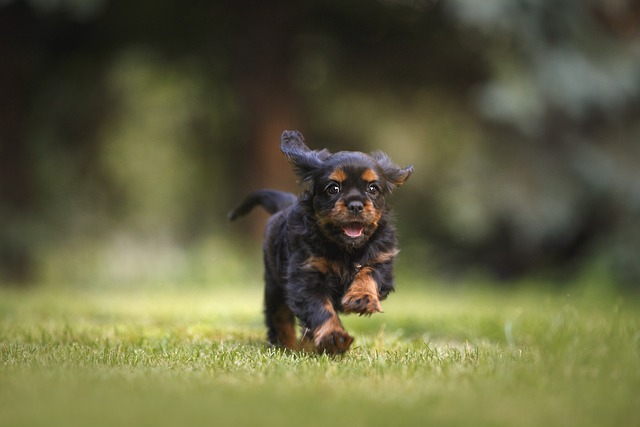
How Much Exercise Does a Puppy Need? Finding the Right Balance
Puppies are bundles of boundless energy, often bouncing around with infectious enthusiasm. While their vitality is charming, it also raises the question: how much exercise does a puppy need? The answer isn’t one-size-fits-all. The exercise requirements for puppies vary depending on their age, breed, and individual temperament. Let’s explore the factors that influence a puppy’s exercise needs and provide some guidelines for ensuring they get the right amount of physical activity.Age Matters
A puppy’s age is the primary determinant of how much exercise they should receive. Here’s a rough breakdown:- Young Puppies (8-16 Weeks): Very young puppies have delicate bones and developing joints. Their exercise should be limited to short, gentle play sessions, and they should not engage in strenuous activities like long walks or intense running. These short bursts of activity should be balanced with plenty of rest.
- Adolescent Puppies (4-6 Months): As puppies grow, their energy levels increase. They can start to enjoy more playtime and short walks. However, it’s important to avoid excessive exercise to prevent joint stress and injury.
- Older Puppies (6 Months and Older): Once a puppy reaches six months or more, they can gradually participate in longer and more intense activities. However, moderation is key. Their growth plates are still developing, so over-exercising can lead to joint problems later in life.
Breed Considerations
Different dog breeds have varying exercise needs. Here are a few examples:- High-Energy Breeds: Breeds like Border Collies, Labradors, and German Shepherds are known for their high energy levels. They require more exercise to stay happy and healthy. Expect to engage them in activities like fetch, agility training, or running.
- Moderate-Energy Breeds: Breeds like Bulldogs, Basset Hounds, and Shih Tzus have moderate energy levels. They enjoy walks, playtime, and some light training.
- Low-Energy Breeds: Breeds like Pugs, Chihuahuas, and Great Danes are generally low-energy. They require less exercise and may prefer short walks and indoor play.
Signs of Over-Exercise
It’s essential to be mindful of your puppy’s limits. Over-exercising can lead to fatigue, muscle soreness, and even injuries. Here are signs that your puppy may be getting too much exercise:- Excessive Panting: If your puppy is panting heavily and struggling to catch their breath, it’s a sign that they need to rest.
- Limping or Lameness: Limping or any signs of pain while walking or running indicate a potential injury or strain.
- Reluctance to Move: If your puppy refuses to move, seems disinterested in play, or whimpers when encouraged to exercise, they may be experiencing discomfort.
Balancing Exercise and Rest
The key to ensuring your puppy gets the right amount of exercise is to strike a balance between activity and rest. Here’s how to do it:- Short, Frequent Sessions: Opt for several short play sessions throughout the day rather than one long bout of exercise. This allows your puppy to burn off energy without overexerting themselves.
- Interactive Play: Engage your puppy in interactive play with toys like balls, squeakers, and tug-of-war ropes. These activities provide both mental stimulation and physical exercise.
- Socialization: Puppy socialization is crucial, but it doesn’t always require vigorous exercise. Let your puppy interact with other dogs in a controlled environment to build social skills.
- Supervised Off-Leash Play: In safe, enclosed spaces, allow your puppy to explore off-leash under close supervision. This gives them freedom while ensuring their safety.
- Training Exercises: Incorporate training exercises into playtime. Commands like “sit,” “stay,” and “come” are not only mentally stimulating but also physically engaging.
- Adjust as They Grow: As your puppy matures, gradually increase the duration and intensity of their exercise. Consult your veterinarian for guidance on when and how to make these adjustments.










